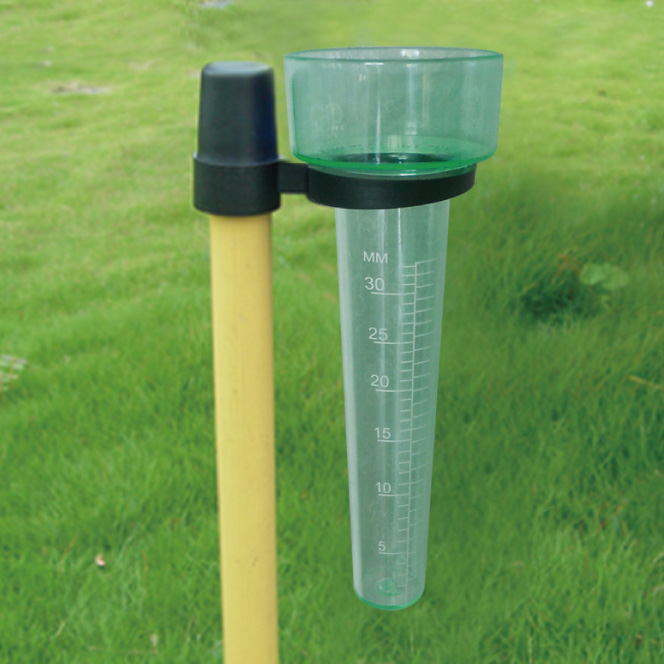The Rain Gauge: A Comprehensive Overview to Accurate Climate Measurement
The Rain Gauge: A Comprehensive Overview to Accurate Climate Measurement
Blog Article
DIY Rain Scale: Straightforward Steps to Make Your Own
Are you curious about tracking rainfall in your area? Creating your own DIY rain scale is a reliable and easy method to record and determine rainfall. With simply a couple of usual materials and some basic actions, you can quickly build your very own rainfall scale at home. In this overview, we will supply you with a detailed process to aid you develop your very own rainfall scale. No demand for any specialized expertise or tools - this task can be finished by any person. By following these simple instructions, you will certainly have a reputable tool to measure rainfall and contribute to your understanding of the local climate patterns. So, let's obtain begun on making your DIY rainfall scale today!
Gather Products
To start building your Do it yourself rain gauge, gather all the essential materials utilizing a thorough listing of products. Having the appropriate materials on hand will certainly guarantee the effective creation of your rain gauge and allow for precise measurements of rainfall. Collecting these materials beforehand will certainly enhance the building and construction procedure and make certain that you have every little thing you require to develop your very own Do it yourself rain gauge.
Prepare the Container

Mark the Dimension Increments
To precisely determine the quantity of rains, precisely noting the measurement increments on your do it yourself rain gauge is essential. Without exact and clear markings, it would certainly be tough to figure out the exact amount of rainfall gathered in your rain gauge. Here are the actions to note the dimension increments on your rain scale.
The most usual systems for measuring rains are inches and millimeters. When you have actually picked the system, use a long-term marker or water-proof paint to note the increments on the side of your rain gauge.
When marking the increments, it is essential to ensure that they are evenly spaced and clearly noticeable. Use a leader or gauging tape to ensure accuracy and consistency. Additionally, make certain that the markings are resistant to fading or abrading, as exposure to the components might trigger them to deteriorate in see page time.
Location the Rain Scale Outdoors
The rainfall scale should be placed outdoors to precisely accumulate rainfall data. The place selected for the rainfall scale ought to be totally free and open from any kind of blockages that could possibly influence the dimension of rainfall. The Rain Gauge.
Furthermore, it is critical to place the rain scale on a secure surface area, such as a level ground look at these guys or a durable message. This will prevent any kind of motion or tilting of the scale, which can cause unreliable measurements. It is likewise a good idea to stay clear of putting the scale near any kind of resources of fabricated water, such as sprinklers or drain systems, as this could disrupt the accuracy of the dimensions.
Monitor and Document Rain Information
Regular monitoring and recording of rainfall data is important for accurate data evaluation and analysis. By keeping an eye on rains dimensions, you can get valuable insights into climate patterns, environment trends, and water source administration. To properly monitor and record rainfall data, it is crucial to establish a regular and keep regular techniques.
Firstly, ensure that your rainfall gauge is placed in an open area far from barriers such as trees or buildings that may block rainfall. Additionally, ensure the rainfall gauge is degree and safely anchored to prevent any movement that could influence the precision of the measurements.

When videotaping the rainfall data, it is essential to note the date and time of each measurement. Use a ruler or a gauging stick to determine the rains depth in the rainfall scale, and document this information accurately.
To make certain Recommended Site the accuracy of the dimensions, it is suggested to empty the rainfall gauge after each recording. This will avoid any overflow or evaporation from impacting succeeding dimensions.
Verdict
To conclude, creating a DIY rain scale is a straightforward and functional method to monitor and record rains information (The Rain Gauge). By complying with the steps detailed in this short article, you can easily gather products, prepare the container, note the measurement increments, and position the rainfall gauge outdoors. Regularly checking and taping rains information can provide valuable info for different purposes
Having the appropriate products on hand will make certain the effective production of your rain scale and enable for exact dimensions of rainfall.To accurately gauge the amount of rainfall, properly noting the measurement increments on your DIY rain gauge is essential.The rainfall gauge must be positioned outdoors to accurately gather rainfall information. The place chosen for the rain scale ought to be open and complimentary from any kind of blockages that might potentially affect the dimension of rainfall.In conclusion, producing a DIY rain gauge is a straightforward and practical means to monitor and tape rains information.
Report this page